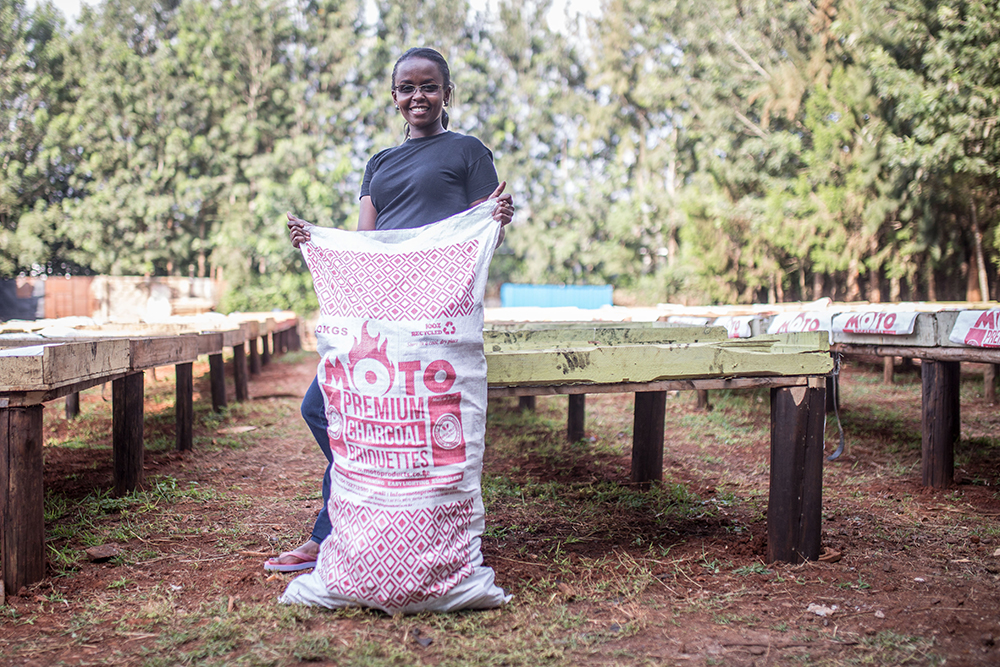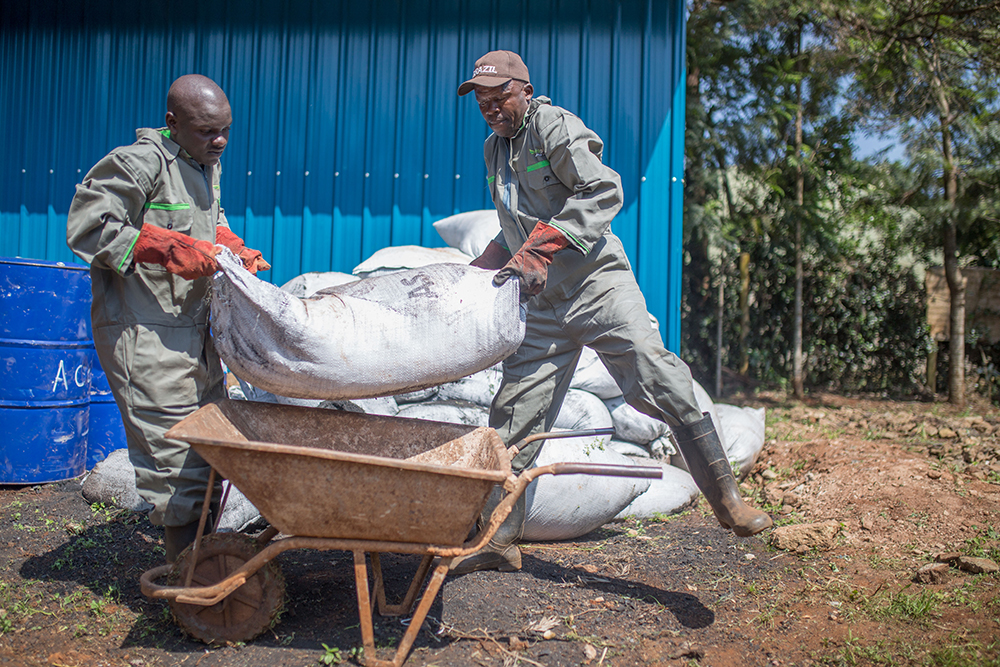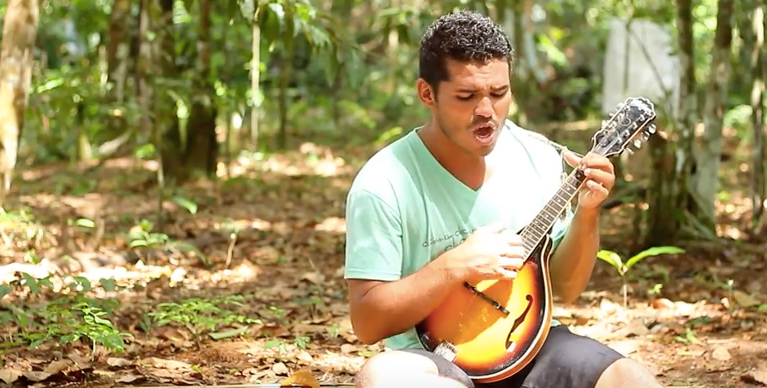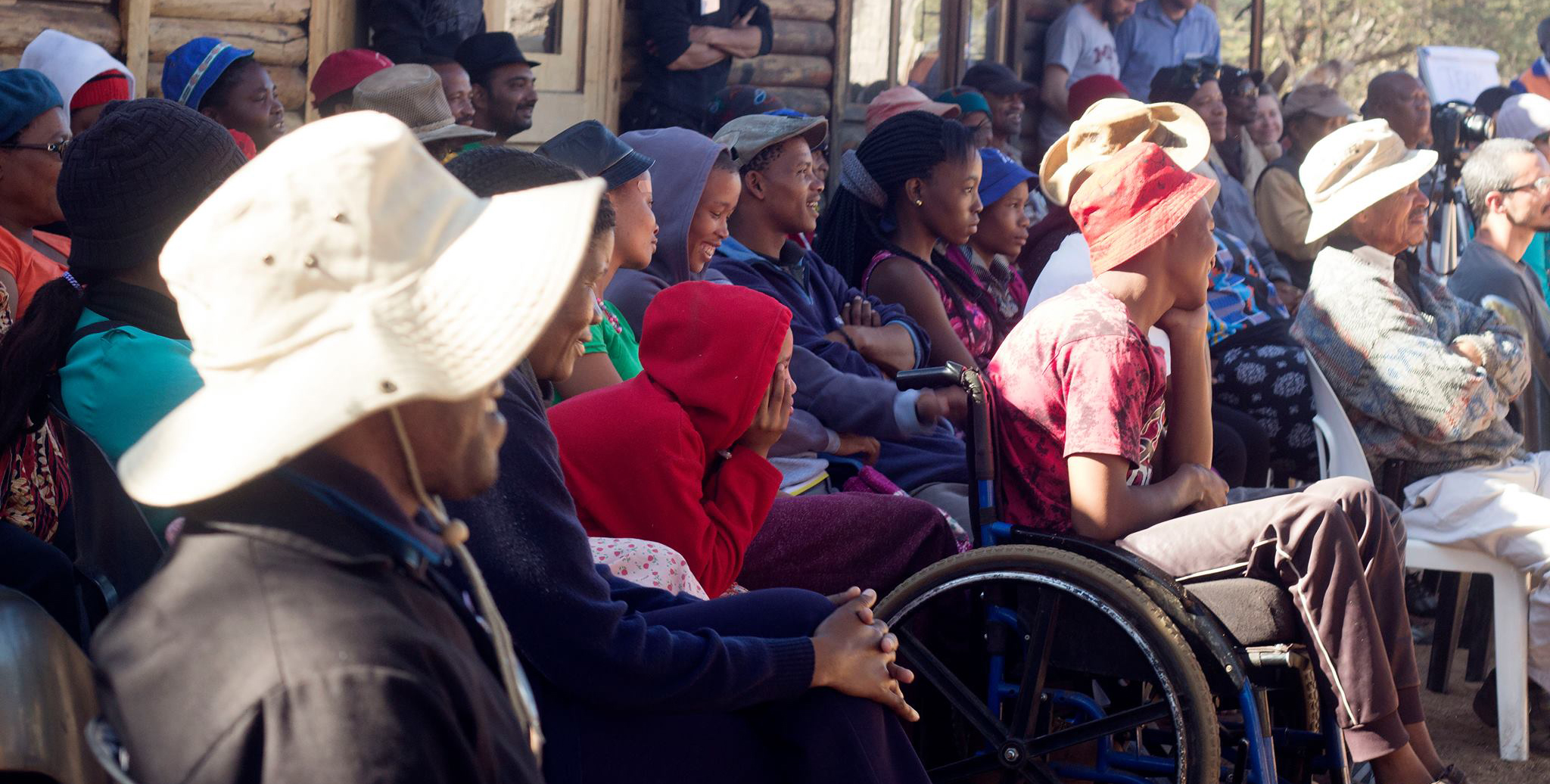From Urban Waste to "Bright Green" Energy: Chebet Lesan's Mission to Build a Local, Social Enterprise

Pictured above, Kenyan designer and IDIN Network member Chebet Lesan is on a mission to make Kenya cleaner, healthier, and more eco-friendly.
When Kenyan designer Chebet Lesan first met Ugandan social entrepreneur Betty Ikalany at an International Development Design Summit (IDDS) in Tanzania, Betty gave Chebet a challenge.
“She said to me, ‘It’s not enough to just be working for ourselves. We have to be thinking about what we can do for other people. What kind of social impact are we having?’” Chebet recalls. “I was working at a design firm at the time, making fancy things. And I was dissatisfied.”
Betty and Chebet were part of the same team at IDDS, and traveled to rural Orkolili, working closely with community members to develop innovation education curriculum for local schoolchildren.
The team was charged with addressing education in the community, but Chebet says it was impossible to ignore another local need: lack of a clean, affordable, and available fuel source.
“So we linked the two things: education and charcoal,” Chebet explains. “We taught local girls how to make clean charcoal from ag-waste as a part of the innovation curriculum, and then the local girls taught what they had learned to the women in the community.”
For Chebet, that experience was transformative – working hand-in-hand with the community and with Betty, the founder of charcoal social enterprise Appropriate Energy Savings Technologies, who would become a mentor over time.
“(Betty) was such an inspiration to me, then and now,” Chebet says. “I’ve benefited tremendously from her advice from the very start.”
Chebet said she didn’t know it at the time, but IDDS marked a turning point in her life. Less than a year later, she began her journey as founder of Bright Green Renewable Energy, a social enterprise that turns urban waste into clean burning charcoal for households, schools, farmers, hospitals, and more. Today, Bright Green has produced 50 tons of charcoal briquettes, making the company the leading producer of briquettes in Nairobi. Chebet and her co-founder employ five full-time staff as well.
The idea behind Bright Green Renewable Energy is simple: take one problem – urban waste in Nairobi – and use it solve another problem – the lack of affordable and clean fuel sources for cooking.
It is estimated that over 80 percent of Kenyans currently use charcoal made from trees. This tremendous demand has led to deforestation across Kenya, impacting the environment. In addition, traditional charcoal products take a huge toll on low-income families’ health and budgets.
Chebet and her team have partnered with local companies to collect industrial waste from milling, printing, and charcoal production to create a product that is low-cost, eco-friendly, smokeless, and burns twice as long as regular charcoal. They sell their product in two sizes: one 4kg package for households and larger 50kg packages for larger customers like schools, hospitals, and companies.
Recently, Chebet and her growing team opened a local factory where each and every machine is made of recycled, local materials from around Kenya.
“From the beginning, it was very important that our company and our product be a Kenya-made, local product,” Chebet says. “I wanted this to be created at home. We can do for ourselves. That’s the IDDS spirit!”
As a new company, the team at Bright Green has faced its fair share of challenges as well as early successes. Recently, Chebet visited MIT D-Lab where she shared some of these challenges, and worked with our staff, including Biomass Fuel Research Scientist Dan Sweeney, to think through potential solutions.
“It’s been challenging to introduce a new product on the market,” Chebet explains. “We’ve sent out a lot of free samples to prove our quality, and use our networks to acquire new customers.”
Chebet cites an early challenge where users complained that the charcoal was too difficult to light.
“So we went back to the drawing board and decided to rebuild our machine. The problem was that the machine had crushed the particles to be small and too close together,” Chebet explains. “The reconfigured machine would allow for bigger particles in the briquettes, increasing the amount of space for air, which would make the briquettes easier to light.”

Thinking to the future, Chebet would like to incorporate training local women in clean charcoal production as part of the Bright Green model. She’d also like to see Bright Green expand to other parts of Kenya, with an equally localized approach.
“In East Kenya, there’s a huge opportunity to use rice husk waste to make local briquettes, and in West Kenya, a similar case with sugar cane waste,” she says. “We could even use the sugar cane waste to make a clean, eco-friendly fuel that could power sugar cane production.”
For now, Chebet is spending her summer at Rutgers University in New Jersey where she is on a Mandela Washington Fellowship as part of the US State Department’s Young African Leaders Initiative.
You can learn more about Bright Green Renewable Energy on their Facebook page.





.JPG)
.JPG)

